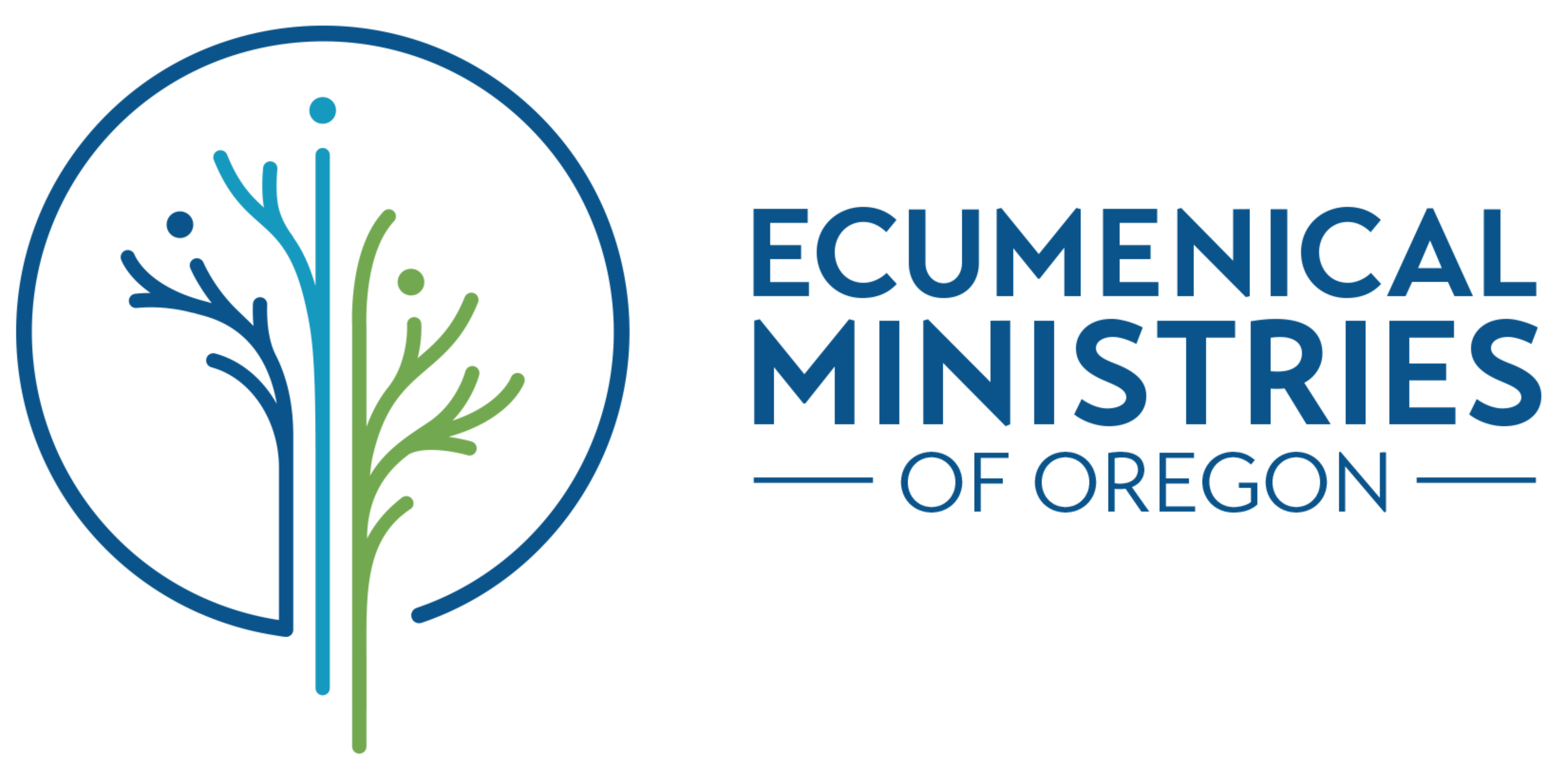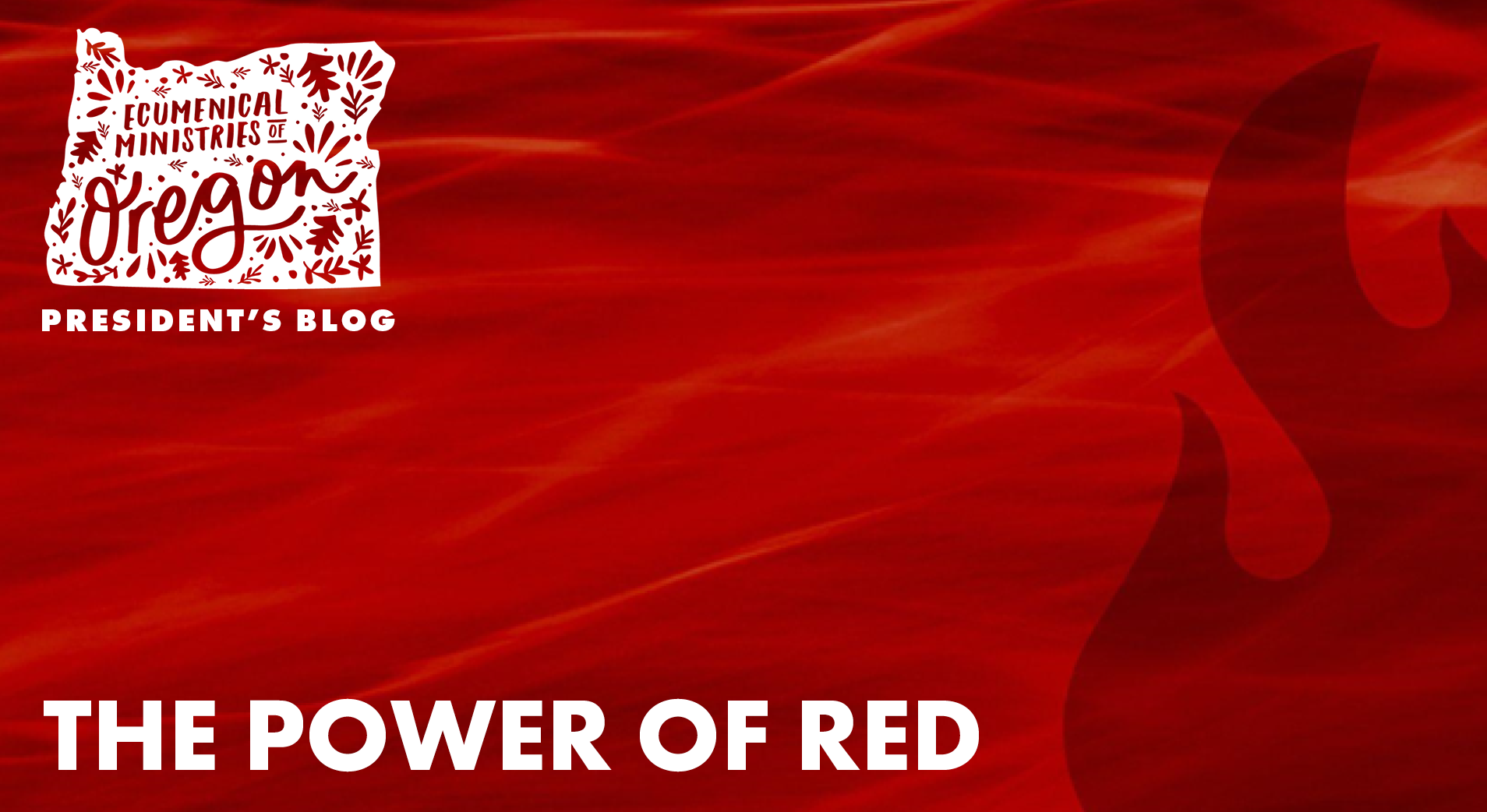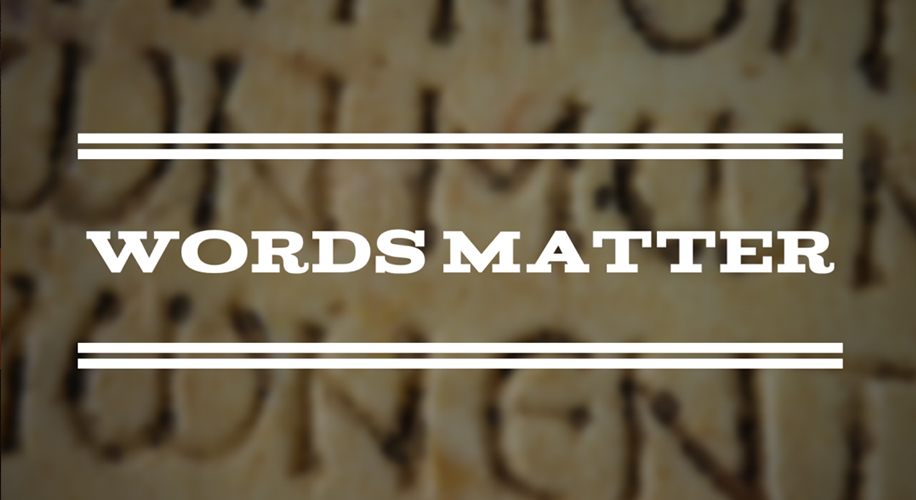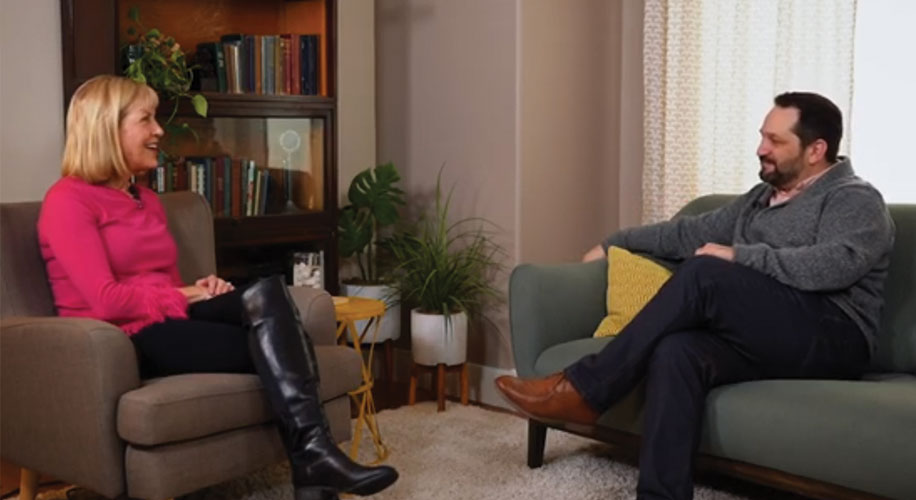When the day of Pentecost had come, they were all together in one place. And suddenly from heaven there came a sound like the rush of a violent wind, and it filled the entire house where they were sitting. Divided tongues, as of fire, appeared among them, and a tongue rested on each of them. All of them were filled with the Holy Spirit and began to speak in other languages, as the Spirit gave them ability. Acts 2:1-4
Red is a color of fire, and on the day of Pentecost red symbolizes the work of the Holy Spirit. In Christian art, the dove—either red or white—also represents the Spirit of God. We celebrate Pentecost the fiftieth day after Easter.
This year Pentecost Sunday was June 5, just weeks after the shedding of blood and the life force of 10 Black people in Buffalo and 19 children and two teachers in Uvalde, Texas. In Portland, 10 people were struck by gunfire within a 24-hour period alone. We can’t even imagine the violence and bloodshed currently staining the streets in Ukraine, Yemen, Afghanistan, Ethiopia’s Tigray region, South Sudan, Syria and Myanmar.
What is fueling this hatred? What is fueling the threats and acts of violence? How is the unimaginable now commonplace in this country, where anyone can corrupt First Amendment or Second Amendment rights and say and do horrific things to people they don’t agree with, or to others they believe should not even exist?
As the Spirit is moving, faith leaders in Oregon and across the nation assert that violence is a contagion that must be cured. We must transform the prevailing narratives from those that provoke and incite and polarize—to one that affirms and strengthens a pluralistic democracy where we can gather, live, work, and be together. Where we can even agree to disagree as we seek common ground. And, as did the disciples gathered in the Upper Room that Pentecost morning, to speak in tongues that are understood by all.
We will change the narratives, and eventually the outcomes, by being strategically proactive rather than reactive. This means being mindful of not only what we say but also how we say something. This approach is a radical shift anchored in the new commandment given to us by Jesus, and the hardest one for us to do and keep, “that you love one another: just as I have loved you, you also are to love one another. By this all people will know that you are my disciples if you have love for one another” (John 13:34-35).
We are reminded that red is also the color of love, its variegated hues implied in the Flame of Pentecost that today motivates the EMO community to love first to do what’s right. I invite you to watch this brief video (below) and imagine how loving first might be your first step in seeing and understanding others on the other side of the conversation, and perhaps new ways to build and sustain community.
Blessings, The Rev. Andrea R. Cano (she, her, ella)
The Rev. Andrea R. Cano (she, her, ella)
Interim President




